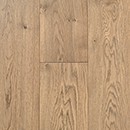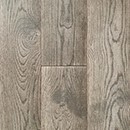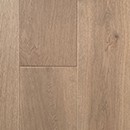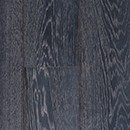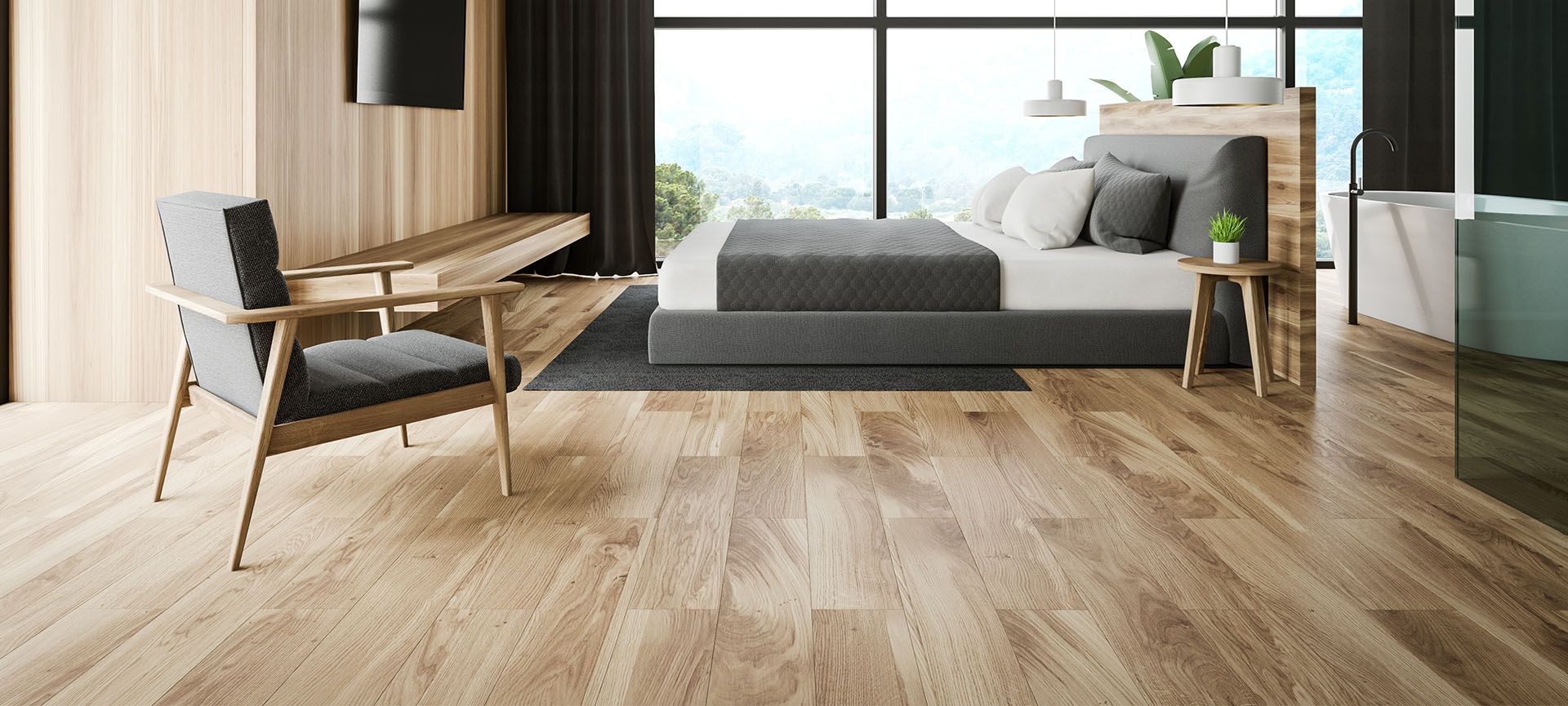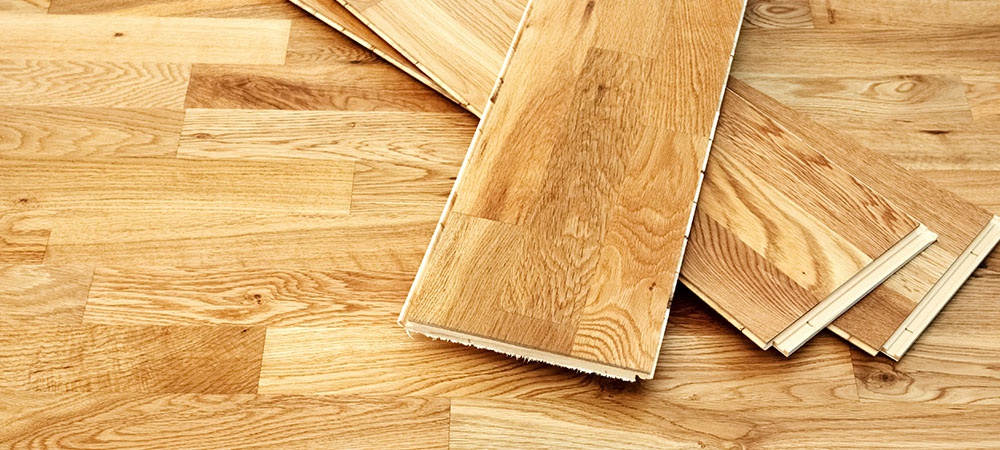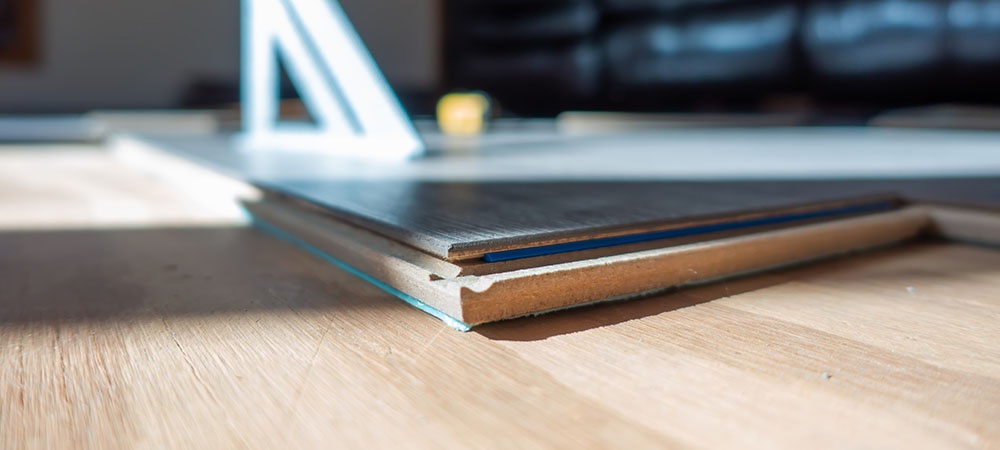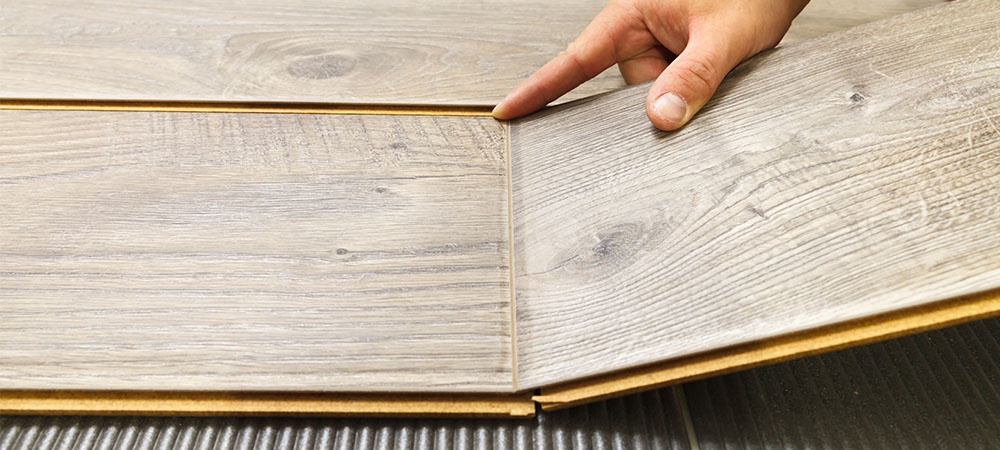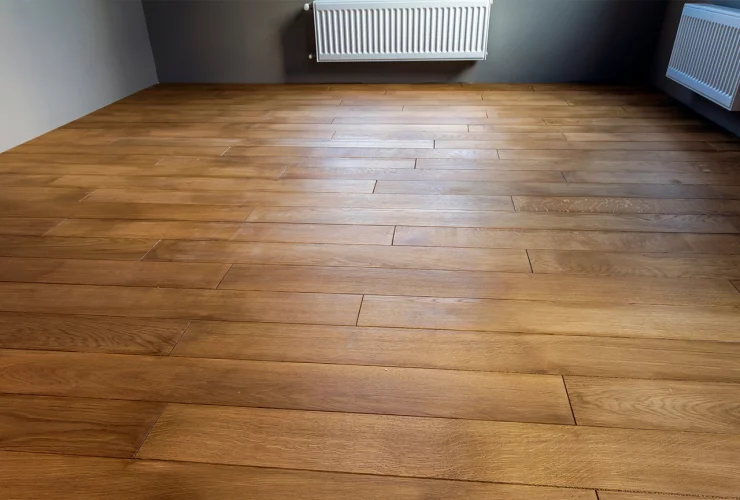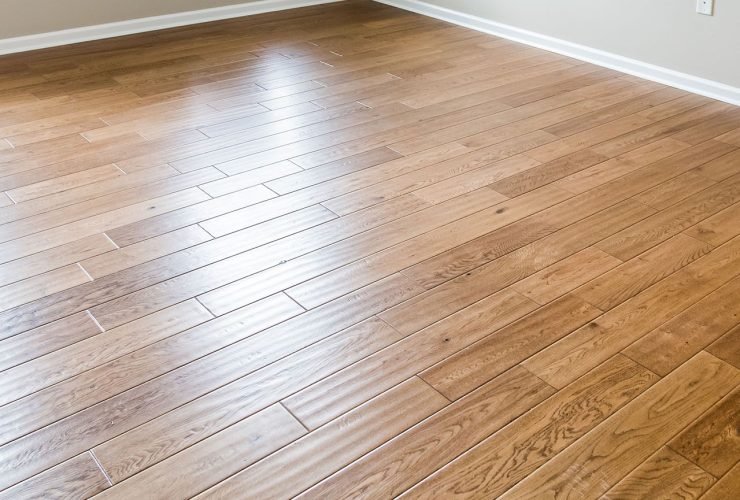Cost of Multi-Ply and 3-Ply Engineered Wood Flooring in Toronto
You can choose between these two types of engineered flooring, and both are great choices. But, which one is better for your floors? How does plywood affect your floor durability, if at all? Which of the engineered wood flooring costs suits your budget?
Nothing beats the timeless beauty of engineered wood flooring when it comes to giving your home a fresh new look. Of course, it’s not entirely hardwood, but unless you have a microscope and are a specialist, you probably wouldn’t be able to tell the difference.
Multi-ply and 3-ply engineered wood floors are superior in many respects. They have the potential to be more resilient and resistant to moisture than traditional wood floors. Also, they don’t fail to project the authentic wood appearance.
How about the price, though? What’s the actual cost of multi-ply and 3-ply engineered wood flooring in Toronto? It’s debatable. Both options are different engineered wood flooring types with varying characteristics that affect.
Let’s get into it.
What Exactly is Multi-ply Engineered Wood Flooring?
Plywood is used in numerous layers to create multi-ply floor planks which are stronger and last longer. The layers of a multi-ply floor board are bound together to form a solid board.
Three-ply boards typically have a single blockboard layer at their center. Also, the tongue and groove of multi-ply boards are sturdy.
The fundamental components of multi-ply engineered flooring are high-quality wood panels. The substrates used in their construction are staggered multilayer boards. Manufacturers leverage intense pressure and heat to achieve the final seal using a hot press.
Multi-ply engineered wood flooring is made by layering plywood. Layers can be as many as 11. The grain of the plywood in each layer runs in a different direction, which makes the finished product more stable and less prone to warping.
Thinly sliced wood veneer is a good fit between layers of plywood-like material. More stable than solid hardwood, this flooring type can resist the rigours of regular use for a longer time.
Due to the low maintenance and care needed to keep it looking like new, multi-ply engineered wood flooring is a better long-term investment than solid hardwoods. So your floor will last even if you have kids or pets at home.
Cost of Multi-Ply Engineered Wood Flooring in Toronto
On average, a square foot of multi-ply engineered wood flooring will cost you anywhere from $8 to $15. As the thickness of the wear layer increases, so does the flooring price. It’s also important to consider your desired final result when estimating the cost of a particular style or design.
The increased number of layers and using actual plywood rather than pressed plywood dust makes multi-ply engineered wood flooring more durable. This characteristic also affects the cost of multi-ply engineered wood flooring.
What the Cost of Multi-Ply Engineered Wood Flooring Offers
Multi-ply engineered wood flooring is an easy way to update the look and feel of your entire house. This floor on its own will give your home a more contemporary, clean, and airy feel than it had before.
The perks of engineered wood flooring influence how much you spend on installing them. So let’s talk about the benefits of multi-ply engineered wood flooring.
1. The Floor’s Layers Provide Isotropy
The number of plies in multi-ply engineered wood flooring can range from three to eleven. No matter how many layers join, the crisscrossing of the fibres is always in preservation. The strength and attractive isotropy of the floor receives enhancement from the modification of the wood’s original uniformity and internal tension.
2. Cost-Effective
The cost of multi-ply engineered wood flooring is significantly lower than solid wood flooring. Because it’s attached to the subfloor, multi-ply engineered wood flooring is far more cost-effective than solid hardwood. Also, it saves on solid wood because it doesn’t require much of it.
3. A Little Care Goes a Long Way
Multi-ply engineered wood flooring’s low maintenance requirements result from its treated surface and strong wear resistance. As a result, homeowners won’t have to put in much time or energy to keep it looking excellent.
You can preserve the finish’s lustre for up to 3 years with the proper care. But this longevity is conditional on your installation of premium multi-ply engineered wood flooring.
4. Enhancement of Stability
The cross-sectional design of the multi-ply engineered wood flooring provides a sense of balance. In addition, because of its sturdy construction, this floor style is hardly susceptible to distortion from moisture.
5. Processing Accuracy
Precision in manufacturing is one of the many advantages of multi-ply engineered wood flooring. There are stricter standards for processing the outer, inner, and base layers. Because of this, the installation and the floor structure have more strength.
6. Its Natural Look Is Incredible
The realistic appearance of engineered wood is only one of the many benefits of this flooring option. Since this is the case, the multi-ply engineered wood flooring looks similar to real wood. Having a similar appearance is a major benefit.
Many people, at first, looked down on multi-ply engineered wood as inferior to solid wood. But now, these people love it — you will too.
Related Article: All About 3-Ply Engineered Flooring
3-ply Engineered Wood Flooring Defined
The three layers that make up 3-ply engineered wood flooring are the lamella, the core, and the base. The top layer is built from your chosen wood, while the centre comes from softwood. Ultimately, long-lasting plywood serves as the last layer.
3-ply flooring has grains set at an angle to one another during construction. Most homes’ top layer is high-quality hardwood and measures between.06 and 4mm in thickness. As a result, the visual distinction between solid and engineered hardwood flooring is nearly indiscernible.
As it gains in popularity, additional variations will be made available. Almost any design, stain, or wood grain you may imagine in real hardwood floors is now available in engineered wood flooring.
Plywood is common for the middle layer beneath the exterior layer because of its durability and low cost. However, occasionally, 3-ply employs a composite of pressed and sealed plywood dust.
Typically, another plywood layer serves as the base. Finally, the boards are bonded and pushed together to make a single, sturdy plank ready to be installed.
How Much Does 3-Ply Engineered Wood Floor Cost in Toronto?
You can find three-ply engineered hardwood flooring for around $3.50 to $5.00 per square foot. Upscale designs and wood finishes may cost upwards of $10.
Is the Cost of 3-ply Engineered Wood Flooring Worth it?
3-ply engineered wood flooring is one of European homes’ most often used types of wood flooring. Since it’s more stable, durable, and adaptable than solid wood flooring, 3-Ply Engineered Flooring has become increasingly popular.
This floor’s features produce a floor suitable for the indoor environments of Ontario homes. And this suitability is despite the country’s wide range of climates. Also, 3-ply engineered wood flooring is not costly, relatively stable, and resistant to dramatic temperature fluctuations.
However, the plywood must be of good craft. In other words, it must be high-quality.
Let’s examine the perks of this engineered wood flooring to determine its cost-effectiveness.
1. Structure
As the name implies, 3-ply engineered flooring has three layers. First, a backing board and core created from a softer wood species, with a top layer of fantastic hardwood species.
The top and bottom layers expand and contract simultaneously, thanks to the softer material. Consequently, the floor no longer suffers from the issues often associated with a 2-layer designed structure. As a result, it’s feasible to build boards that are both broader and longer than usual, thanks to these techniques.
2. Stability
The exceptional dimensional stability of a 3-ply floor paves the way for below- or above-ground installations and radiant heated flooring.
The top veneer layer, the core, and the backing layer are all made of natural wood, so the performance and characteristics are the same as solid wood flooring.
However, the crisscross structure adds extra stability. The dimensional stability of the floor stands because each layer resists the deformation brought on by the stress of seasonal and climatic changes.
3. Installation
Installing 3-ply engineered hardwood flooring is possible without adhesives between them or the subfloor. And this installation is done by using a simple click method. As a result, you save money on labour costs and time on repairs in the long run.
4. Environmentally friendly
Since only the veneer’s outermost layer needs to be from the expensive hardwood, manufacturers can produce more finished 3-ply engineered wood planks from each tree. In addition, most of this engineered wood flooring is created from quickly renewable plantation trees like Poplar and Pine, reducing the impact on the world’s valuable forests.
5. Suitability
Basements, greenhouses, and other wet or humid rooms are better suited to 3-ply engineered hardwood flooring. Additionally, it should be compatible with underfloor heating per the respective manufacturer’s specifications.
6. It Looks like Natural Wood
Natural wood floors have always been popular due to their innate beauty and comfort. Natural patterns and colours in the wood’s surface layer set it apart. Every board is unique.
Engineered flooring has embraced modern technological improvements in textures, staining, appearances, and finishes that are accessible. Therefore, you can now acquire a choice of varnishes to satisfy diverse taste requirements, unlike solid wood floors, which suffer limitations by natural wood species.
7. Affordability
Since natural hardwood forests are dwindling and solid wood flooring has a high cost, engineered wood flooring is a better ecological and financial option.
8. Stands Test of Time
The Lifespan of a high-quality 3-ply engineered hardwood floor is at least 24 years. So when worn, you can refinish it with a fresh coat of paint or stain to look brand new.
Comparing Both Engineered Wood Flooring Types
The following factors are where multi-ply and 3-ply go head to head alongside cost:
Scene of Installation
Before regarding cost or anything, consider the usage context first while choosing between multi-ply and 3-ply engineered wood flooring. Next, consider interior circumstances, especially the sub-floor moisture level as factors that should inform the choice between multi-ply and 3-ply engineered wood flooring.
Compared to a 3-ply board, multi-ply boards are more resilient to moisture and temperature changes.
Heating Elements Installed Below the Floor
Also, consider the possibility of underfloor heating. Multi-ply boards, if you have or plan to have underground heating, are the best flooring materials due to their increased resistance to heat’s immediate impact.
Additionally, the board you select should be compatible for installation on underfloor heating. Always check with your flooring provider if you have any questions.
Flooring Modalities
Various flooring specifications are possible with multi-ply and three-layer construction. However, Multi-ply is more sturdy and can accommodate a wider range of thicknesses and sizes. Whereas a limited size range is possible with 3-layer flooring,
| E. Wood Type | Length | Thickness | Width | Veneer |
| Multi-Ply | 300-1900mm | 14,15mm | 90-190mm | 3-4mm |
| 3-ply | 300-5000mm | 10,12,14,15,18,21mm | 70-400mm | 0.6-6mm |
Popular multi-ply Flooring specifications:
- 10/3 x 70 x 490mm (Herringbone)
- 10/4 x 90 x 450mm (Herringbone)
- 12/2 x 125 x 1200mm (Sliced/Rotary Veneer)
- 14/3 x 148 x 1860mm
- 15/4 x 190 x 1900mm
- 20/6 x 220 x 2200mm
- 20/6 x 260 x 2200mm
- 20/6 x 300 x 2200mm
- 20/4x300x4000mm
- 20/5x400x5000mm
Popular 3-layer Flooring specifications:
- 14/3 x 120 x 1200mm
- 14/3 x 190 x 1900mm
- 15/4 x 190 x 1900mm4
Stability and Durability
Multi-ply is typically known to be stronger than 3-layer because plywood is naturally stronger than softwood. An interesting detail is the two ends of the three-ply floor are likewise constructed from plywood to ensure the edge won’t break.
On the other hand, the veneer for a three-layer floor can’t be excessively thin or thick. Therefore, it’s simple for the floor to bow or warp if the surface is thick and the underlying softwood can’t support it.
As the middle layer base is in the “cross-direction” of the top veneer, an unsightly “horizontal line” can be seen in such veneers if they are too thin.
The Average Price Of Both Engineered Wood Flooring
Multi-ply engineered wood flooring is usually costlier than 3-ply, but that’s not always the case. The wood in use in both sometimes determines how costly they are.
Going from most expensive to least expensive:
Multiple sheets of plywood > three sheets of New Zealand pine = SPF > multiple sheets of eucalyptus plywood > multiple sheets of china pine > multiple sheets of poplar plywood > multiple sheets of china fir (three).
These costs should function as a starting point for negotiations; some multi-ply factories utilize plywood of much lower quality, which can reduce costs by as much as US$1-2/m2.
But such reductions come with several safety hazards, such as excessive gaps and overlaps and the use of toxic glue.
If a business has access to high-quality Oak veneers and keeps a big supply on hand, the price of those veneers will remain relatively constant for at least six months.
Their price may be pretty volatile and relatively high for AB grade if they only produce in response to incoming orders. Additionally, product standards can vary significantly from time to time. But that’s not relevant to the discussion at hand.
Related Article: Multi-ply Wood Engineered Flooring: Pros and Cons
Summary
The cost of multi-ply and 3-ply engineered wood flooring can reach $15 per square foot, depending on the abovementioned factors. And while multi-ply tends to be more expensive than 3-ply, the latter can be found in the former’s position too. But that’s dependent on the make-up of each.
In any case, we advise using an engineered flooring solution like multi-ply or 3-ply. The floors are more durable flooring than solid hardwood, lasting longer without splintering or warping.
As flooring specialists, we know how difficult it may be to track down authentic engineered wood materials. So to help you save time, money, and heartache, we stock only the highest quality 3-ply and multi-ply flooring supplies.
Browse our collection at Three Trees Flooring to find the best 3-ply and multi-ply engineered hardwood planks. They are also the most reasonably priced options available.
Contact (416) 665-2624 right now to make reservations.


